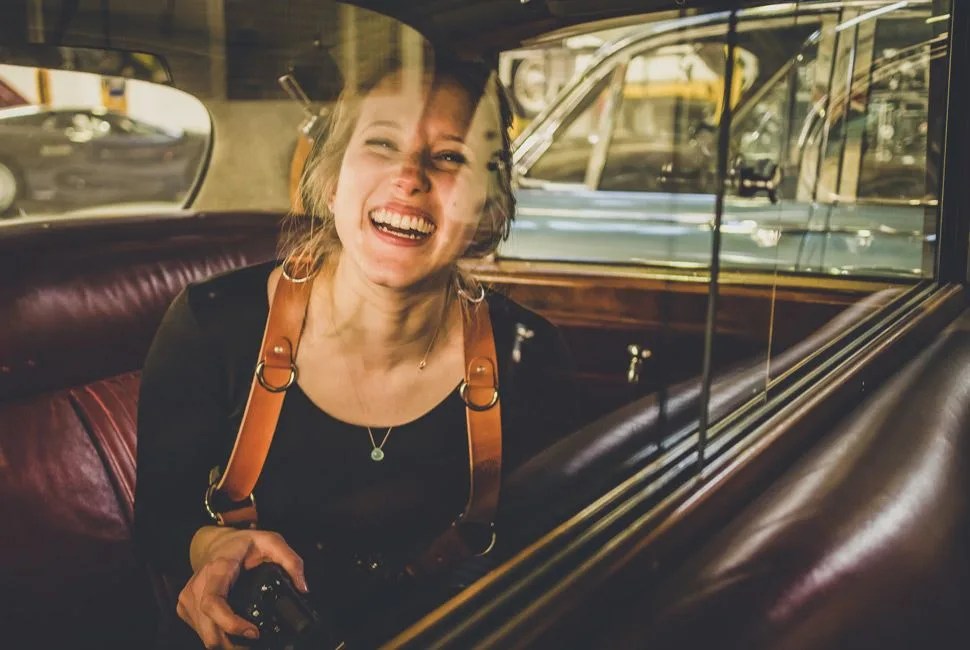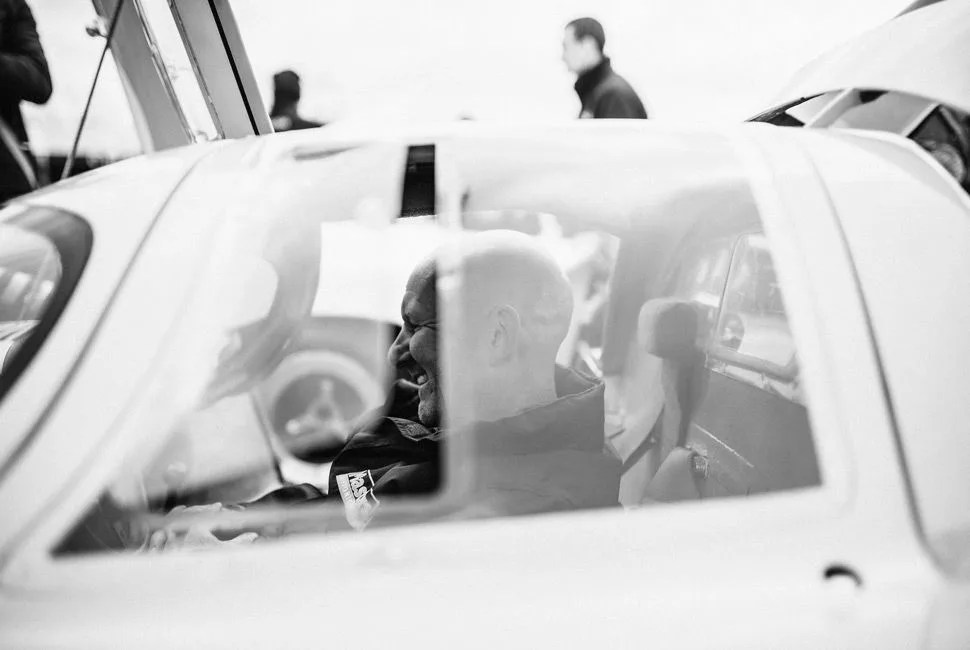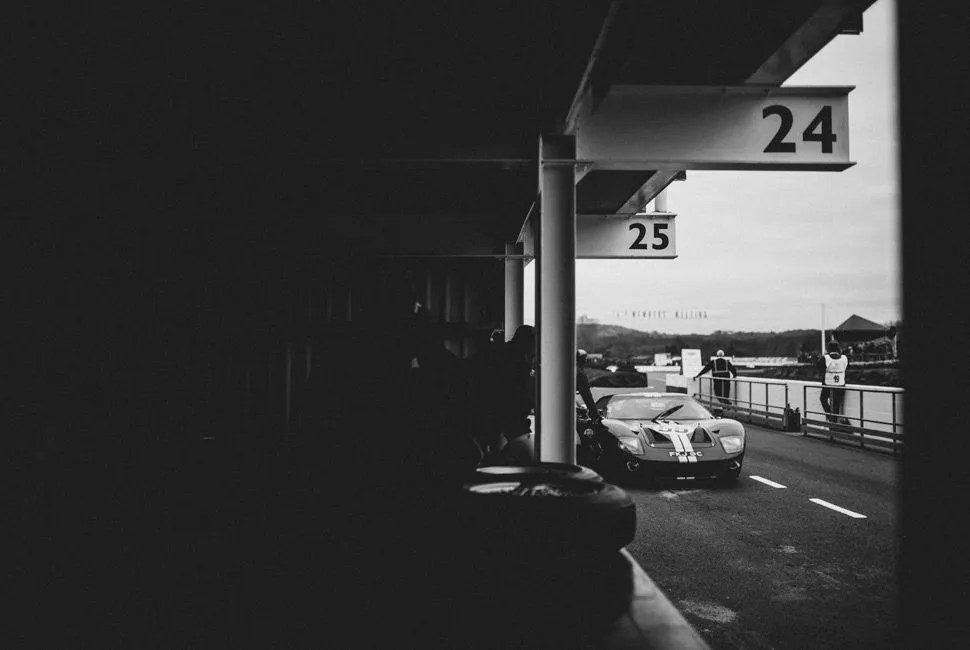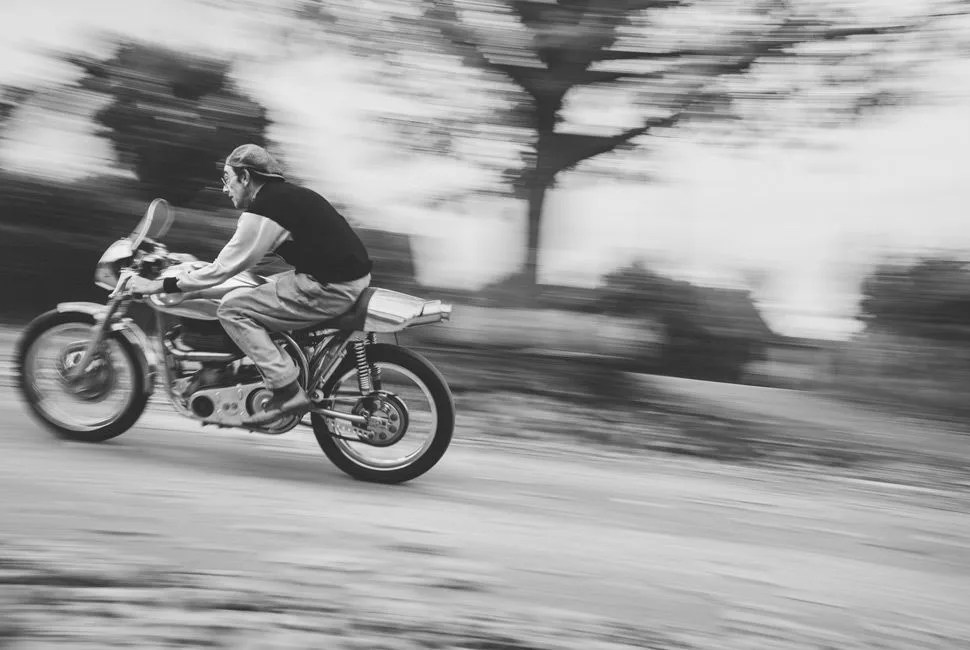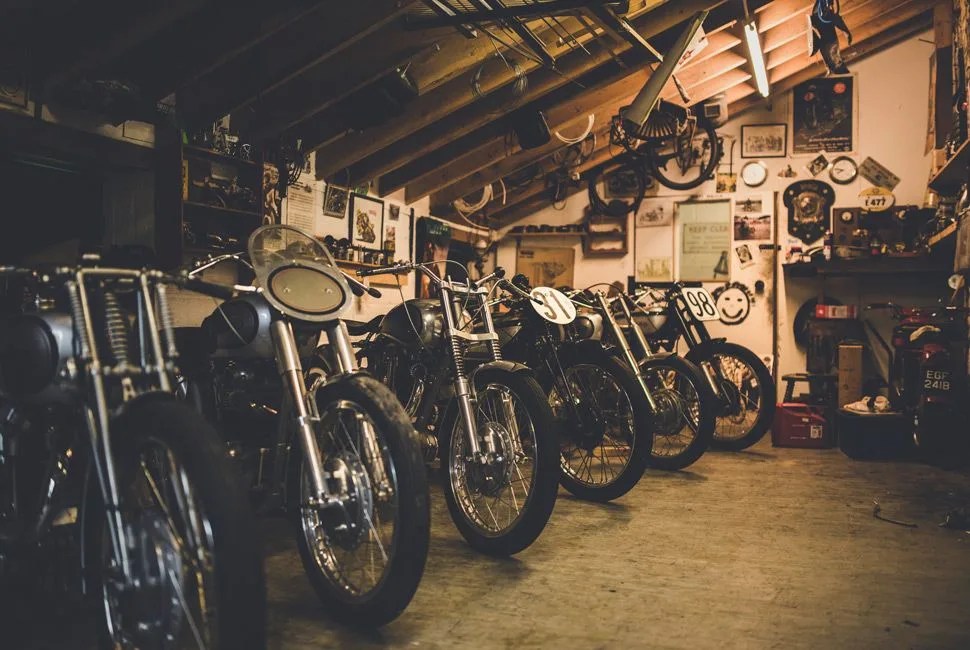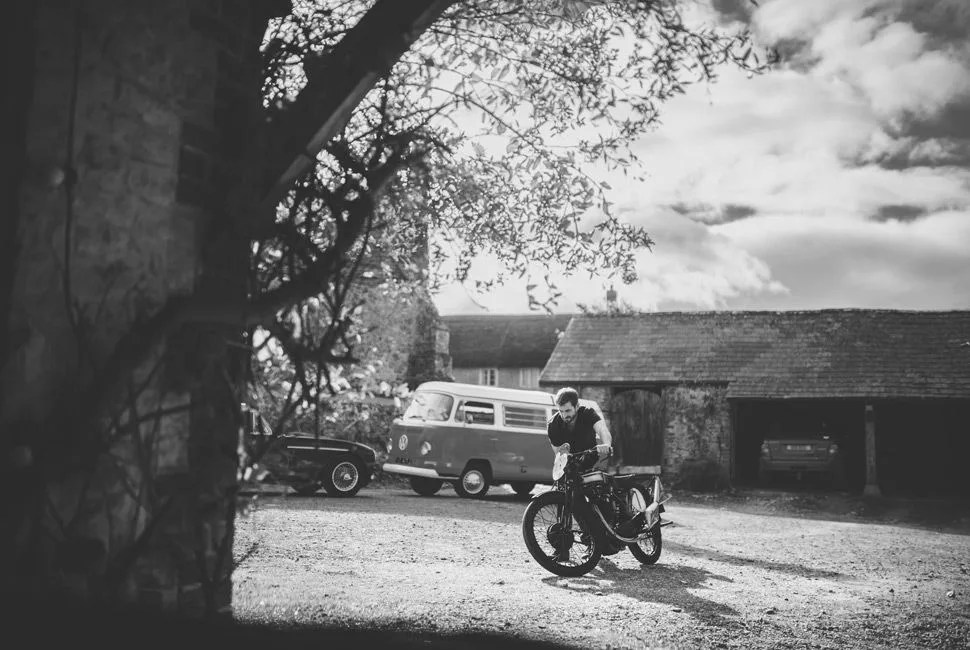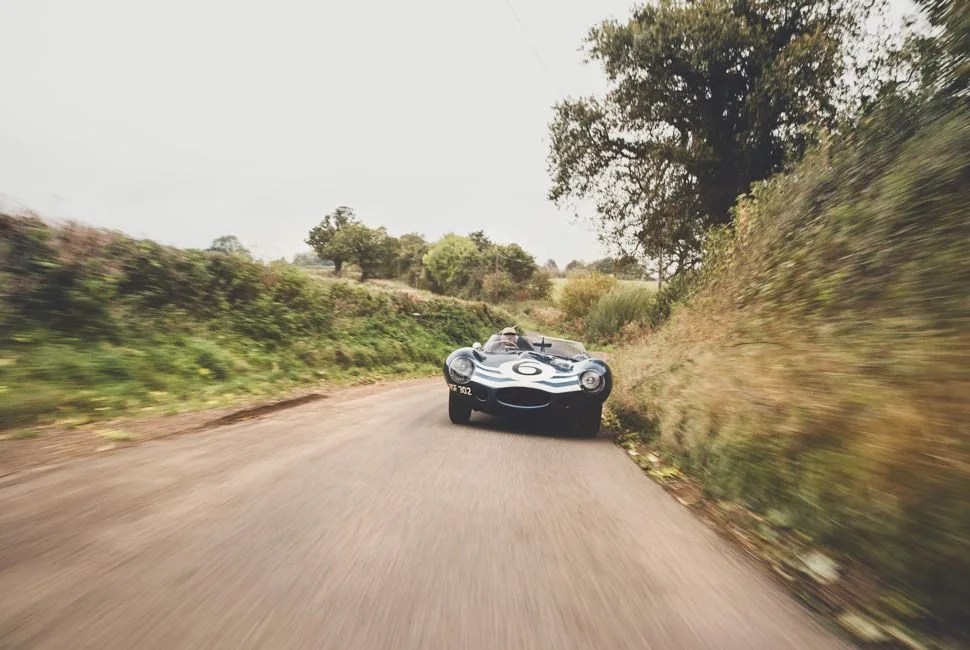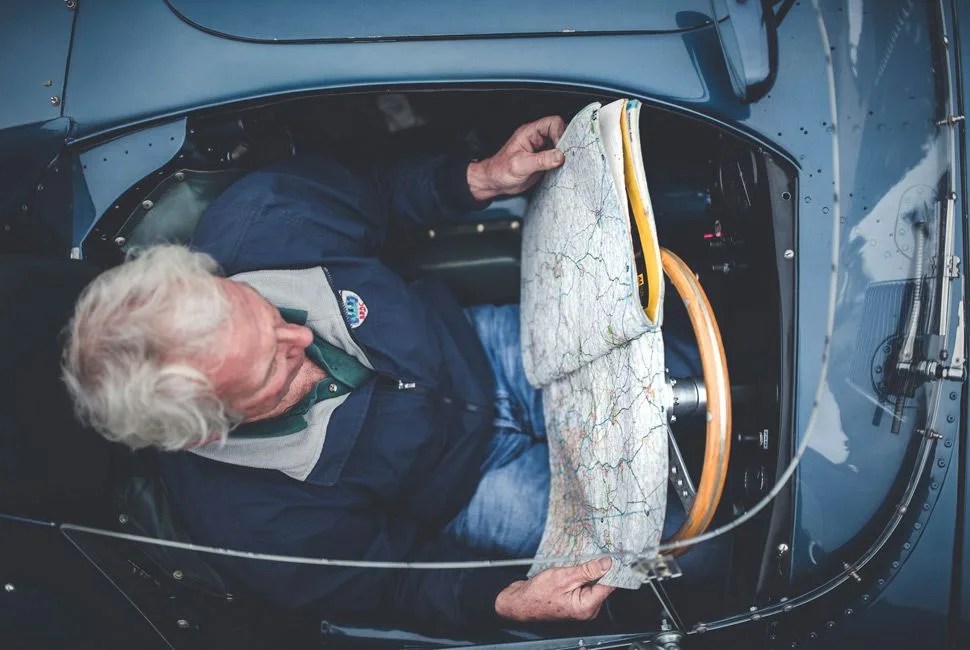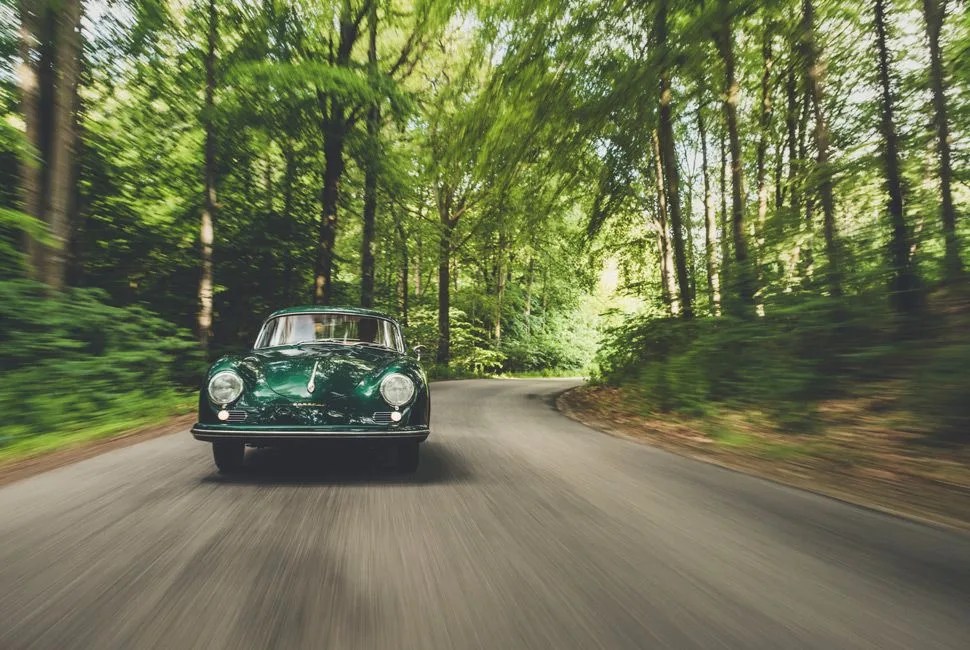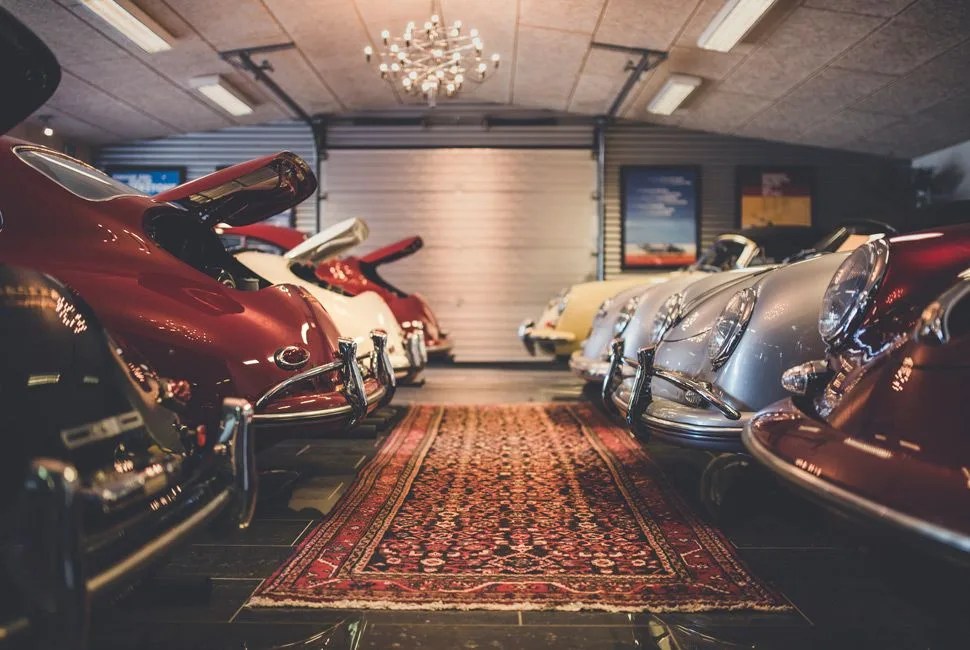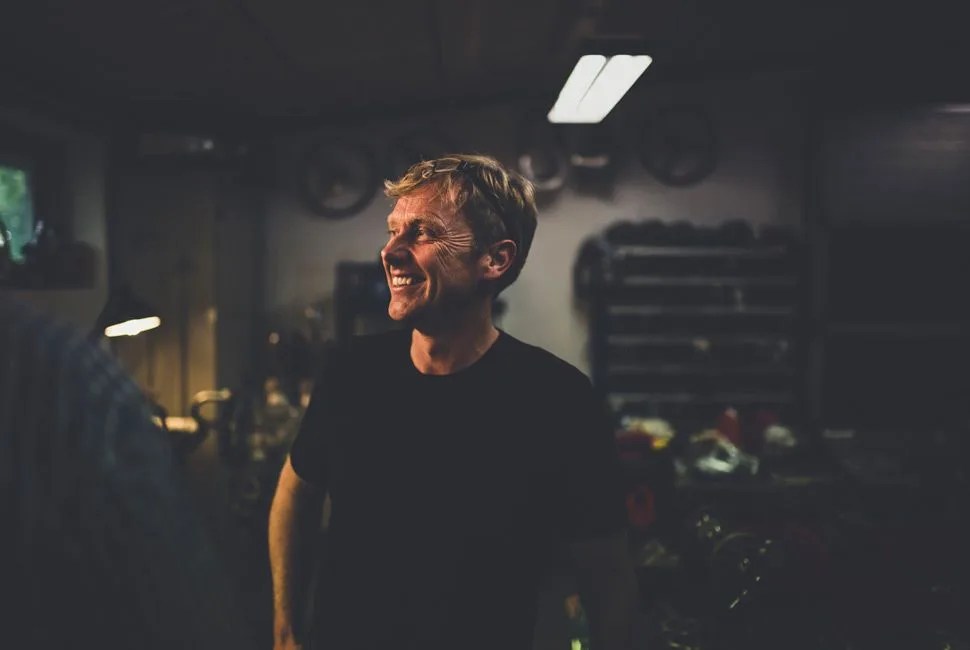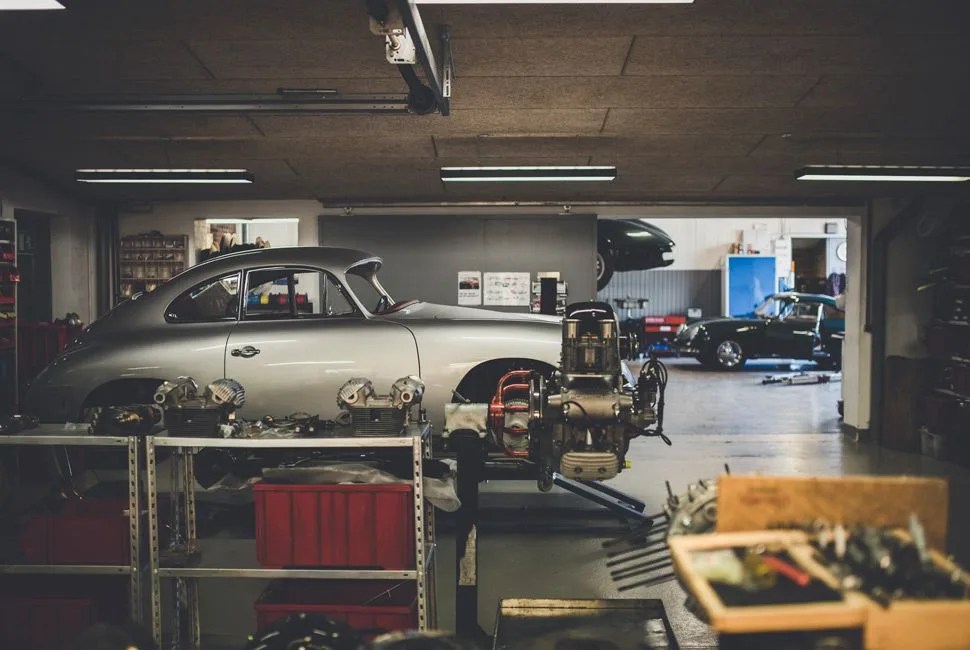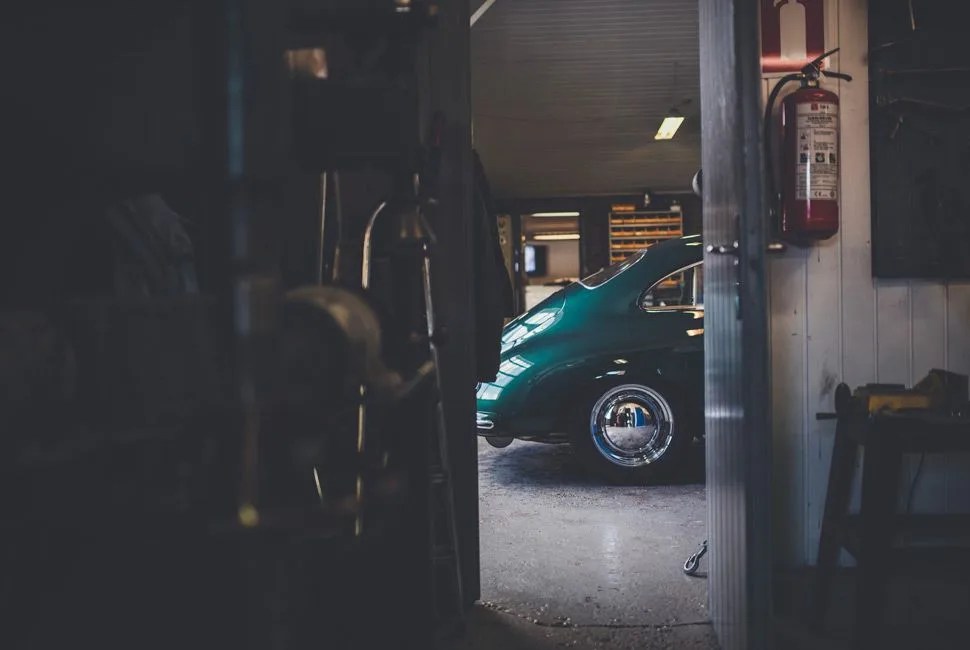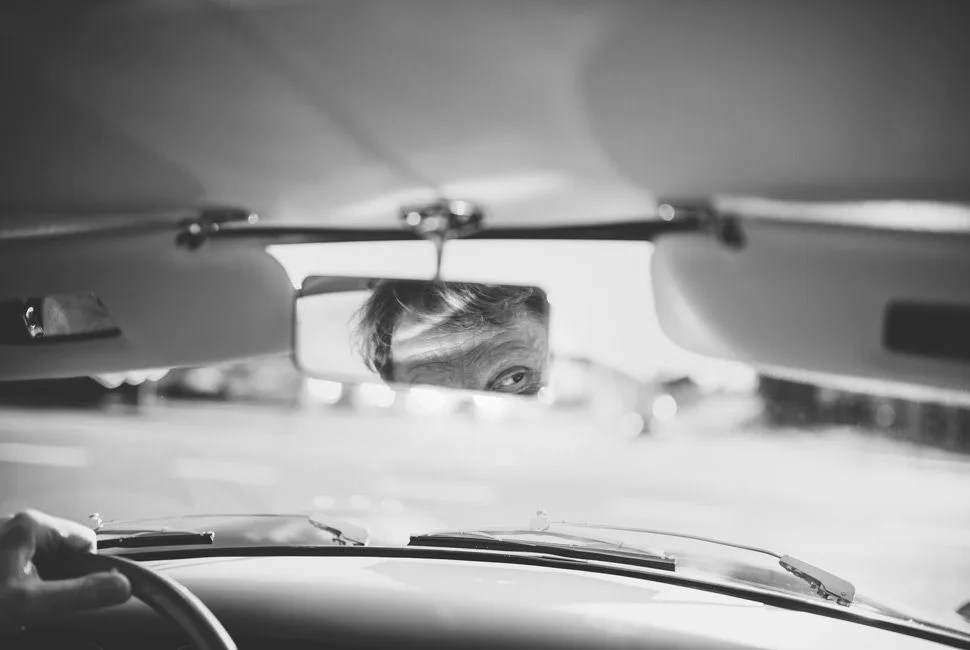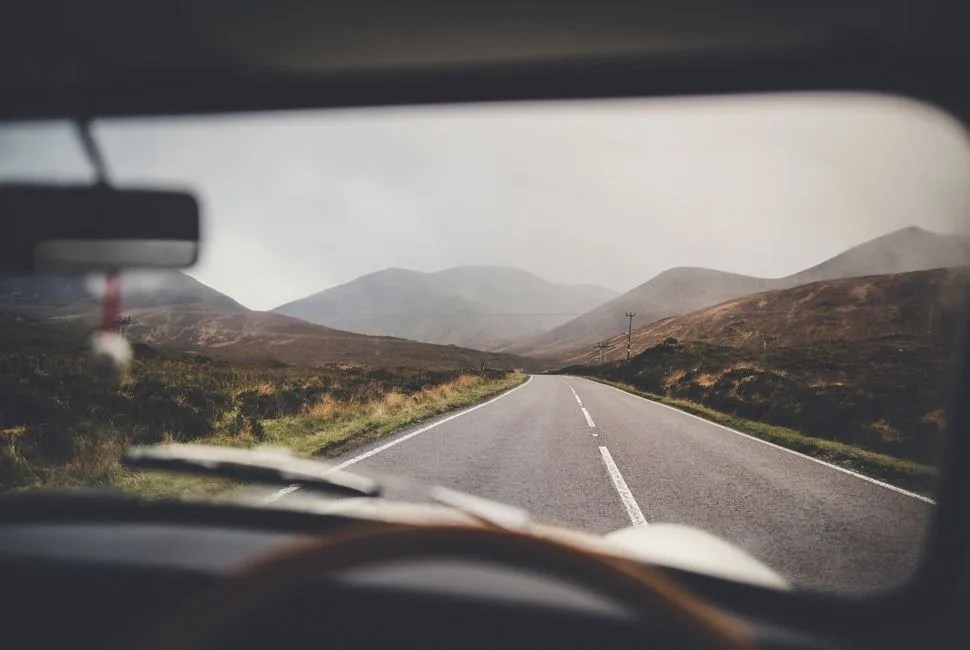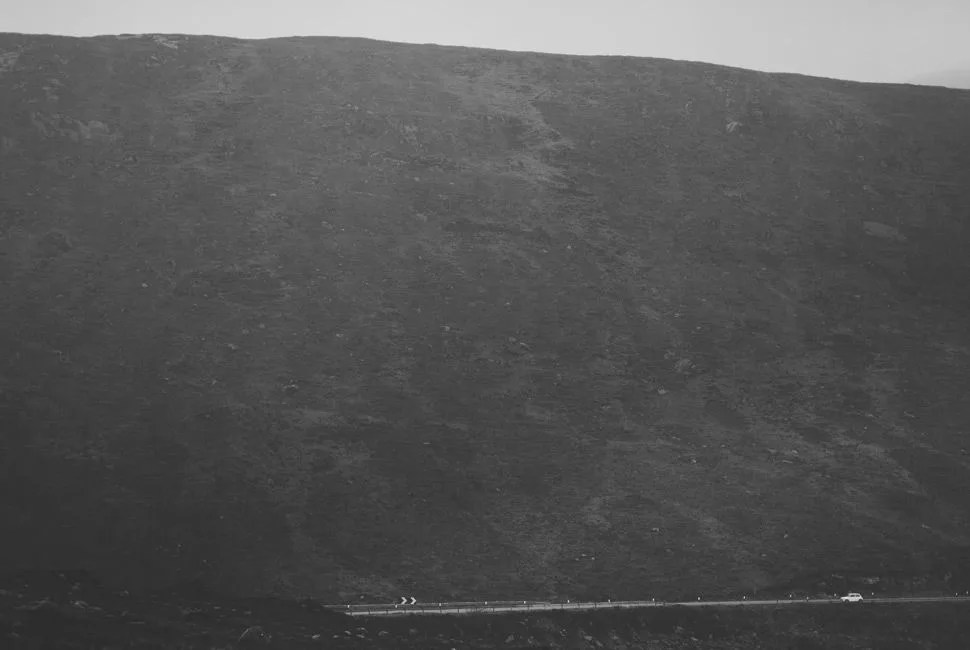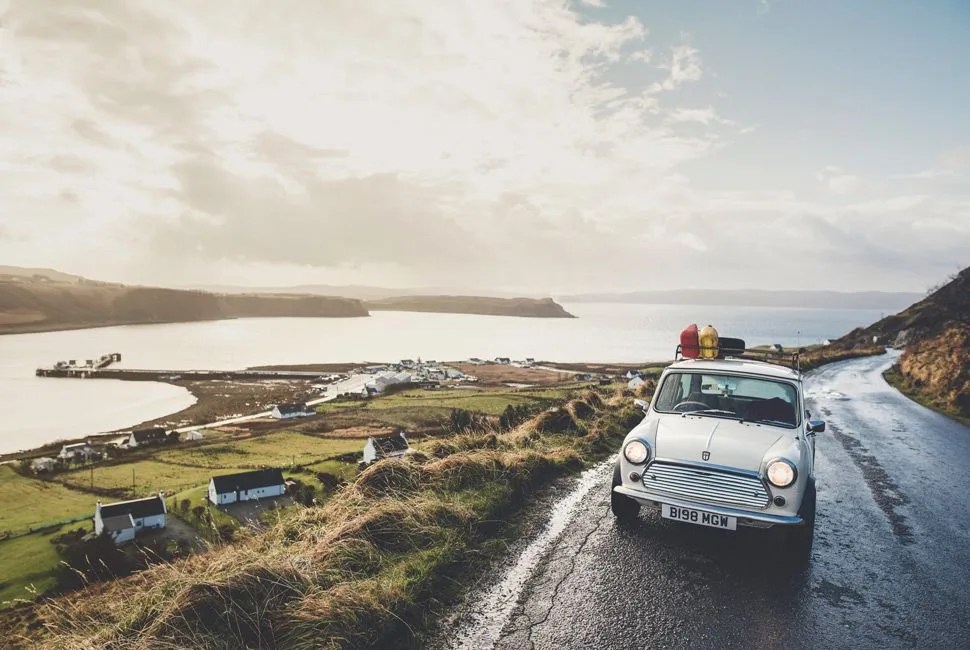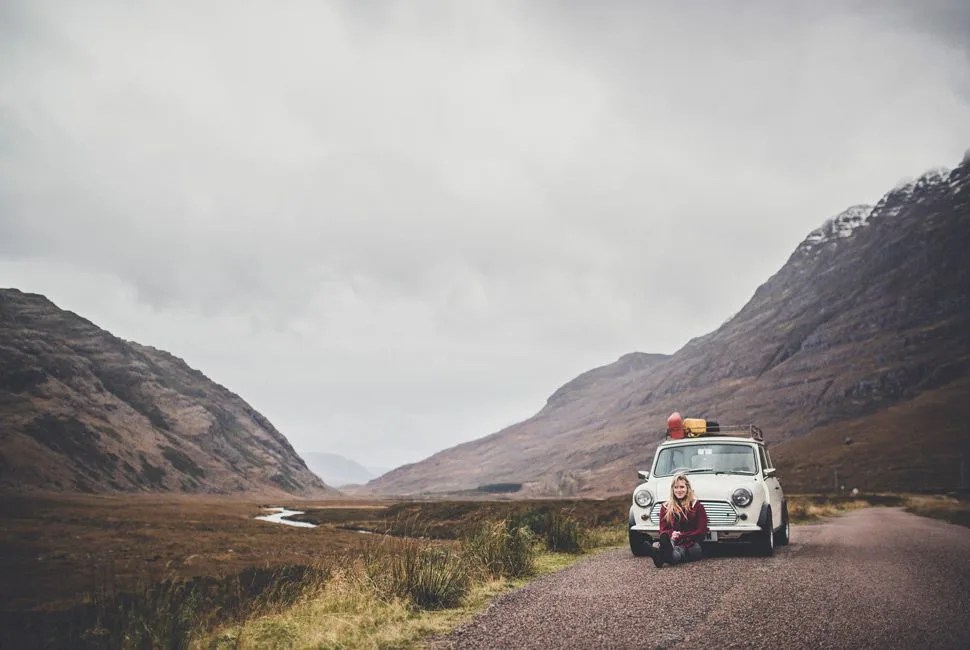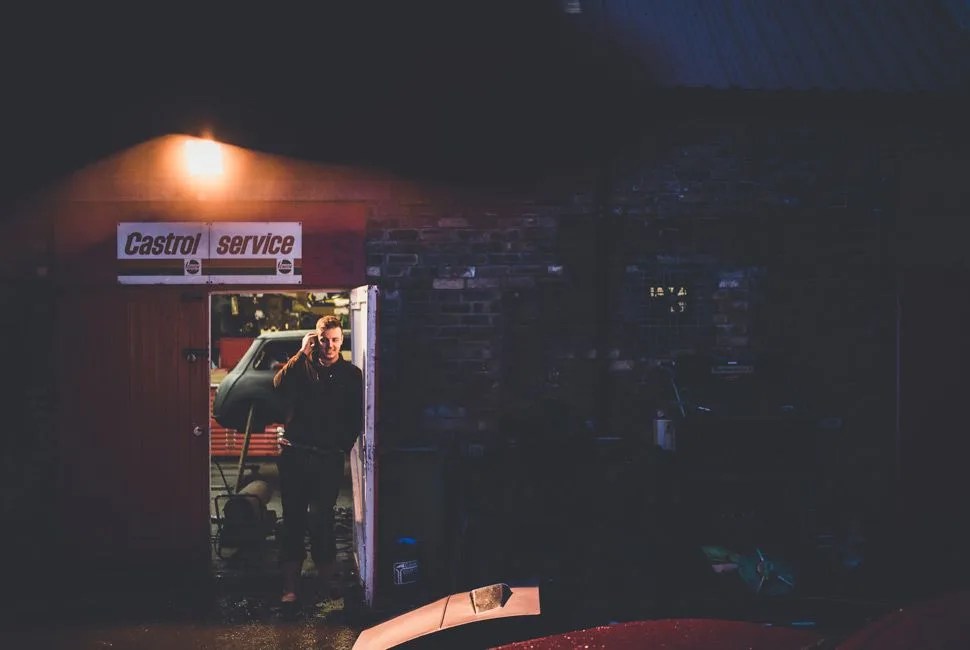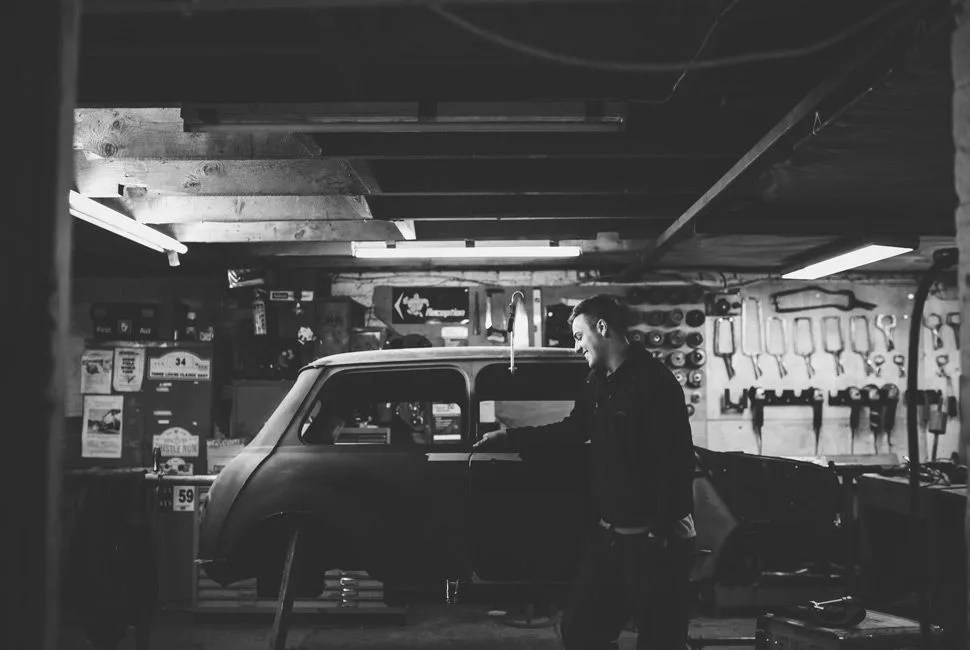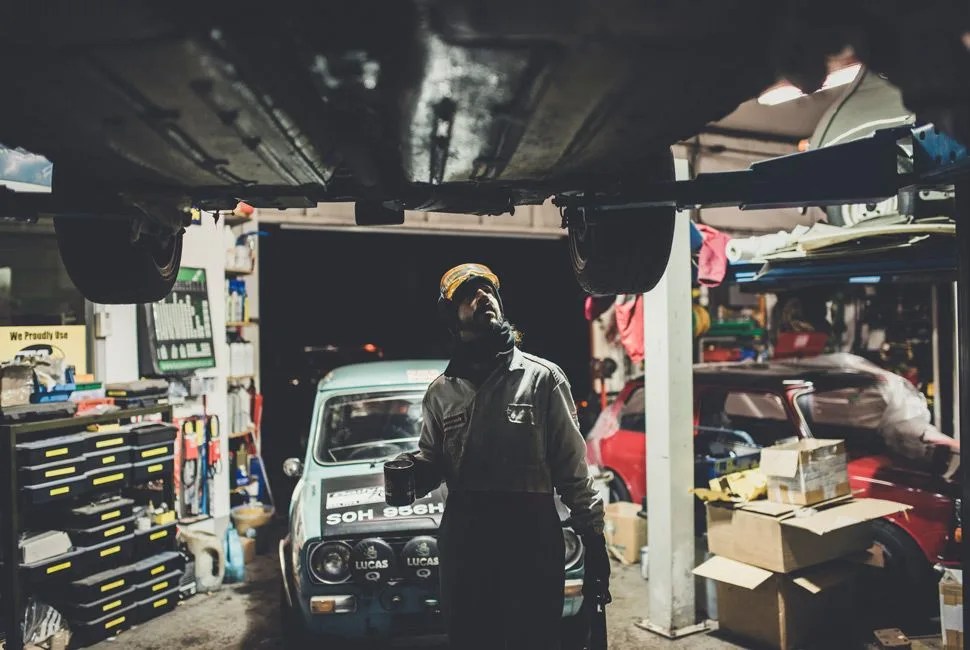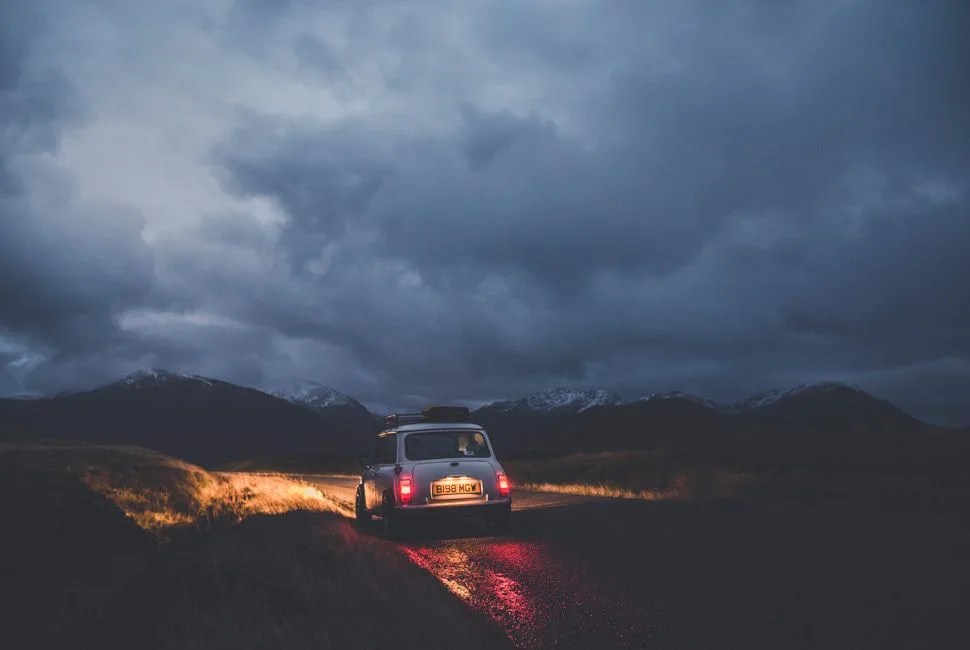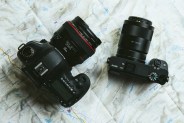8 photos
This interview was originally published in 2016.
Amy Shore is a photographer based in Leicestershire, England, and she’s found herself elbow deep in mind-bendingly beautiful vintage cars. (If you’re not yet familiar, do yourself a solid and follow her on Instagram.) Her work is some of the most striking and artful automotive photography around, but it’s possible you’ve seen her non-car work too: Shore also, oddly enough, does quite a lot of wedding photography. Regardless of the subject, her work is so special that I had to know what makes it tick. As she answered my questions, it became clear: she simply loves what she does and is committed to non-stop improvement.
We spoke about how her relatively young car-centric career began: like so many automotive passions, it runs in the family. And like so many superstars, her success sprang from a concentration of good fortune. When she talks of her art, Shore seems amazed by the opportunities she’s had, and is clearly grateful. She is thoughtful and honest about her automotive work and the process that makes it come to life: photos of cars that are reminiscent of candid portraiture, as though all her subjects are living, breathing beings that just happen to be made of metal and grease and leather. There’s an old-timey-ness to her style that reminds me of how memories feel: a little dreamy and surreal, but extremely vivid. Only three years in, her career is just beginning. Though we tend to focus a lot on modernity around here, it’s comforting to know that such energy and passion is put into documenting the beautiful autos of the past (and, thankfully, to producing prints). Find more of her photography on her website; read on to learn about the artist herself.
6 photos
Peter Iversen’s collection of Porsche 356’s for Classic Driver
Q: Your dad worked for Lotus Formula 1 — is that where you caught the bug?
A: I was around it… He basically quit because he met my mom, got married and had me. So he kind of had to quit his dream job to come back to me and my mom! After that he ended up going into classic car restoration…and the people he worked for after he finished at Lotus built the very first car that I photographed. So that’s how it all began. He worked with this company who were building this Ferrari P4 replica and they actually — 20 years later when it got finished — asked my dad, knowing him as the photographer, if he could photograph it for them for reference. And he said, “Well, Amy’s quite interested in photography; why don’t you let her give it a go?” And that was about two and half, three years ago now.

